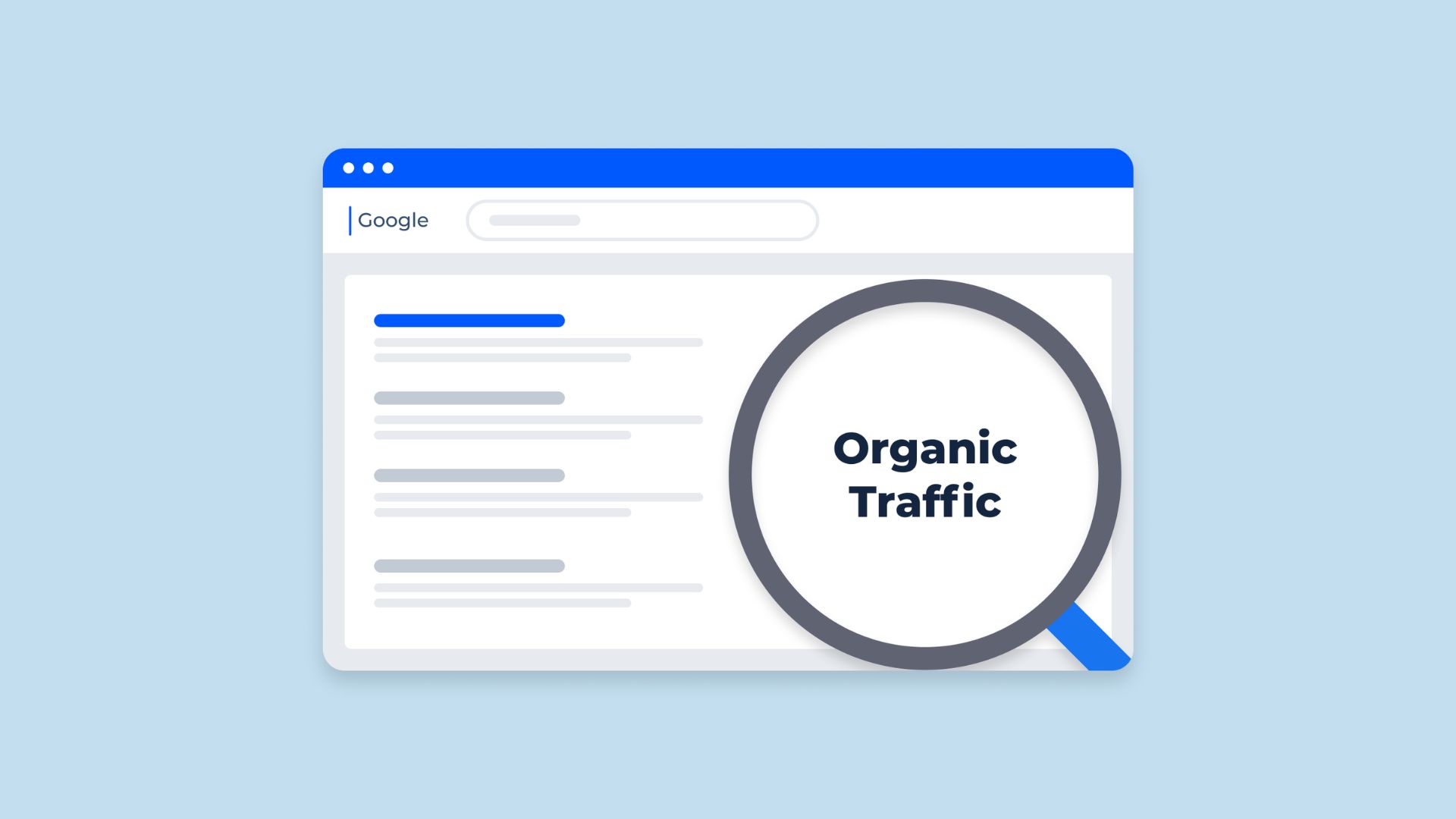How to Create an SEO Roadmap for Your Shopify Store
Shopify is a leading platform for e-commerce, but without an effective SEO strategy, even the best-designed store may struggle to attract traffic and sales. Developing an SEO roadmap for your Shopify store can give you a structured, step-by-step guide to optimizing your site for search engines. Here’s how you can create one:
1. Initial Audit and Research
Before implementing any SEO tactics, perform an audit to understand where your store stands. Key tasks include:
- Technical SEO Audit: Use tools like Screaming Frog or Google Search Console to check for broken links, crawl errors, and duplicate content.
- Keyword Research: Research the right keywords using tools like Ahrefs, SEMrush, or Google Keyword Planner. Focus on both product-related keywords (e.g., “organic skincare products”) and informational keywords (e.g., “how to take care of dry skin”).
- Competitor Analysis: Analyze your competitors’ SEO strategies, including keyword targeting, content structure, and backlink profiles.
2. Technical SEO Fixes
Shopify makes SEO simpler with built-in features, but you still need to optimize several technical aspects:
- URL Structure: Make sure all URLs are clean, short, and descriptive (e.g., “yoursite.com/product-name” rather than “yoursite.com/collection/page123”).
- Mobile Optimization: Shopify themes are typically responsive, but ensure your site runs smoothly on mobile devices since mobile-first indexing is crucial for ranking.
- Site Speed: Compress images and minimize JavaScript to speed up loading times. A fast site helps reduce bounce rates and improves user experience.
- SSL Certificate: Ensure your Shopify store has an SSL certificate to secure HTTPS protocol, which helps with rankings.
3. On-Page SEO Optimization
On-page SEO involves optimizing individual pages to target relevant keywords:
- Title Tags and Meta Descriptions: Write unique and compelling title tags and meta descriptions for each page, including primary keywords.
- Content Optimization: Optimize product pages, blogs, and category pages with targeted keywords, engaging headings (H1, H2, etc.), and clear formatting.
- Internal Linking: Structure internal links to guide users through your website and distribute SEO value across important pages.
- Alt Text for Images: Ensure all product images have descriptive alt texts with relevant keywords.
4. Content Strategy
Content is king in SEO. A content strategy built around your target audience’s needs can boost organic traffic:
- Product Descriptions: Write SEO-friendly product descriptions that are detailed and unique.
- Blogging: Create a content calendar for regular blog posts on topics related to your products (e.g., “How to Use Natural Skincare for Best Results”).
- FAQ Sections: Answer common questions in an SEO-optimized FAQ section. This can increase your chances of appearing in Google’s rich snippets.
5. Local SEO for Shopify Stores
If your Shopify store serves a local audience, optimizing for local SEO is essential:
- Google My Business: Set up and optimize your Google My Business profile with correct NAP (name, address, phone number) details.
- Local Keywords: Target keywords specific to your region (e.g., “vegan skincare products in Mumbai”).
- Customer Reviews: Encourage customers to leave reviews on platforms like Google or Yelp.
6. Link Building
Backlinks from authoritative websites signal to search engines that your store is credible:
- Guest Blogging: Write guest posts for other websites in your industry.
- Influencer Outreach: Collaborate with influencers and bloggers to gain backlinks through product reviews or mentions.
- Content Marketing: Create shareable infographics, how-to guides, and informative content that others want to link to.
7. Performance Tracking and Refinement
Continuous tracking of SEO performance is key to long-term success:
- Google Analytics: Set up Google Analytics to track site traffic, conversions, and user behavior.
- Google Search Console: Monitor search queries, keyword rankings, and index status.
- SEO Tools: Regularly check tools like Ahrefs or SEMrush to evaluate backlink growth, keyword rankings, and competitors’ performance.
- A/B Testing: Conduct A/B testing on product pages and landing pages to find out which variations perform better.
8. Optimize for Voice Search
With the rise of voice assistants like Google Home and Alexa, voice search optimization is increasingly important:
- Natural Language Keywords: Incorporate conversational, long-tail keywords (e.g., “What’s the best organic moisturizer for sensitive skin?”).
- Structured Data: Use schema markup to help search engines understand your content and boost the chances of your products appearing in voice search results.
9. E-commerce SEO Tools for Shopify
Utilize the right SEO tools to ease the optimization process:
- Plug In SEO: Helps identify SEO issues and offers fixes.
- SEO Manager: Offers suggestions for meta tags, titles, and descriptions.
- Yoast SEO for Shopify: Helps with on-page SEO optimization.
10. Final Review and Adjustments
SEO is an ongoing process. Set aside time each month to review:
- Keyword rankings and traffic trends.
- Content performance and conversions.
- Fix technical issues as they arise.
By following this structured SEO roadmap, your Shopify store can steadily gain more visibility, attract relevant traffic, and increase conversions. Always keep SEO as an ongoing process, continuously monitoring and adjusting to trends and algorithm changes.






Leave a Reply